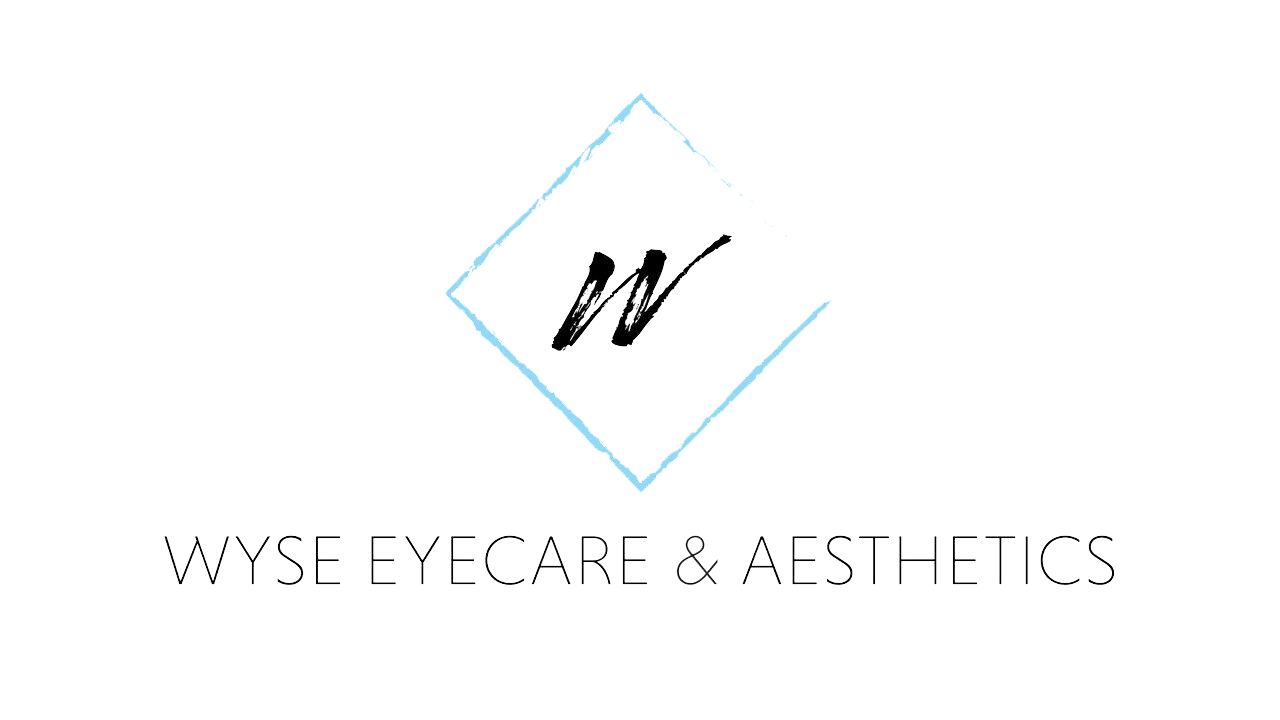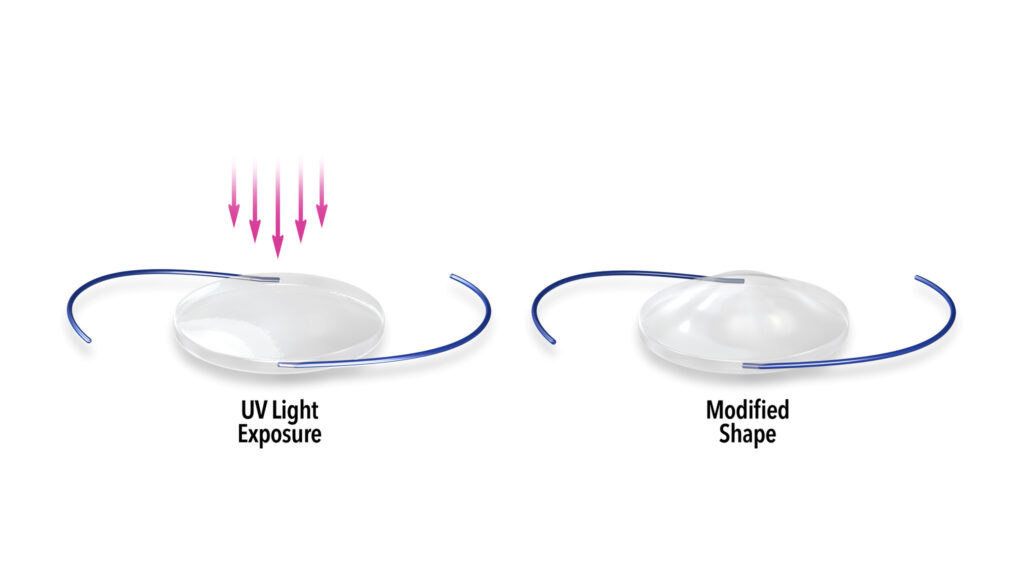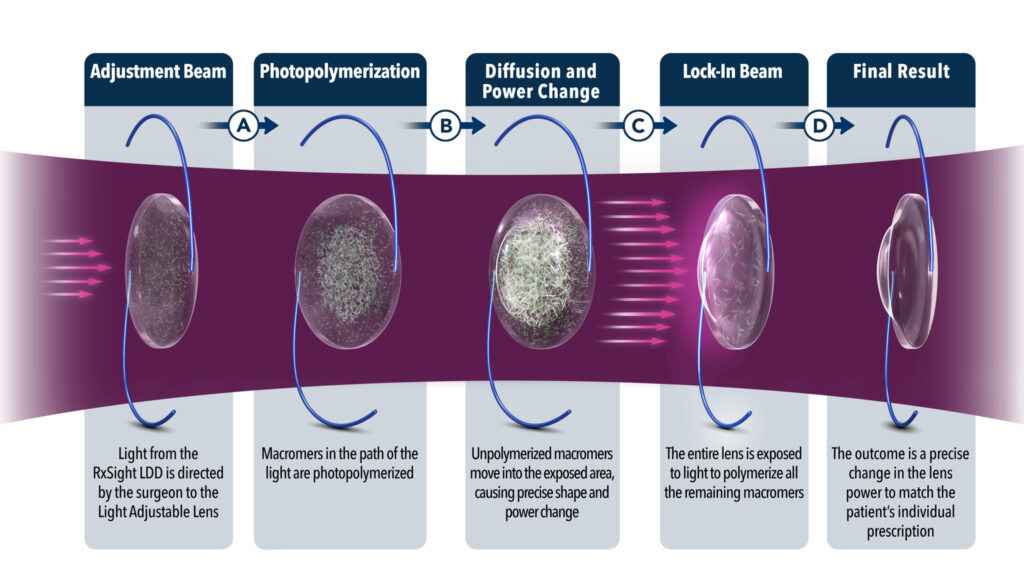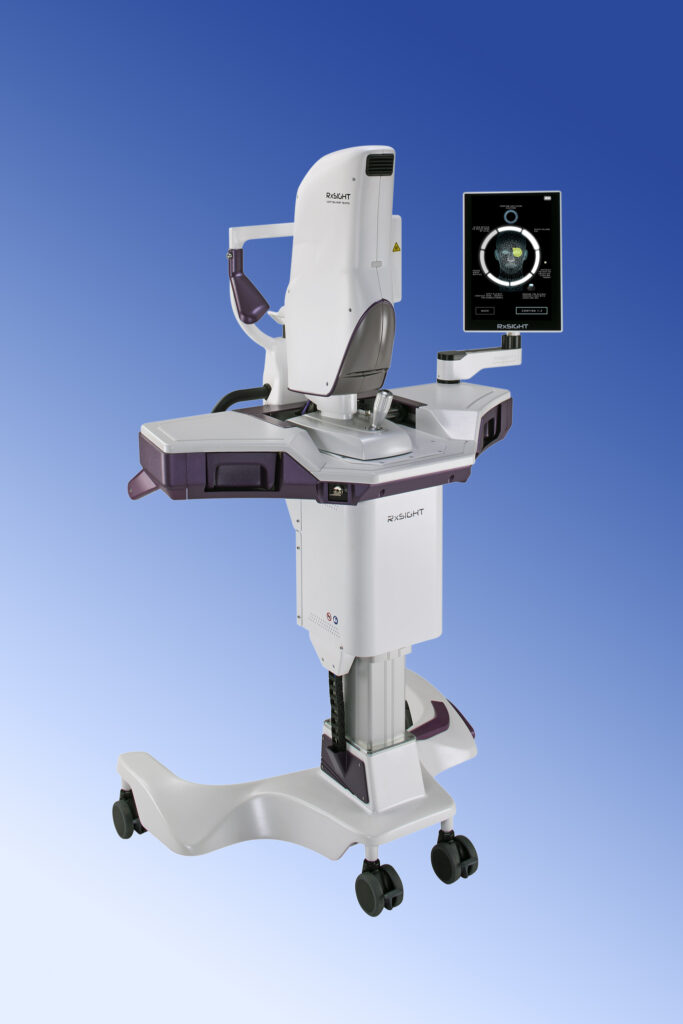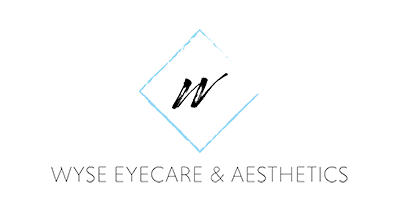The Light Adjustable Lens (LAL)
When your natural lens becomes cloudy over time, it is called a cataract. Because you need to see through the lens, vision is reduced. Cataract surgery involves removing your cloudy lens and replacing it with a clear, man-made lens. This is called an intraocular lens implant (IOL).
There are two main types of IOLs: adjustable and fixed. Fixed IOLs are manufactured with a specific prescription (lens power) in the lens that does not change. Types of fixed IOLs include multifocal, extended depth of focus, toric (astigmatism correcting), and monofocal IOLs. The only adjustable IOL available in the United States is the Light Adjustable Lens (LAL). With this first of its kind technology, the prescription (power) in the LAL can be adjusted several times after surgery while the eye is healing. These adjustments are painless, take 90 seconds, are done in the office, and require no “down time.” This allows a patient to “test drive” their vision and customize it more precisely than with any other IOL.
History
The LAL has been in development for 20+ years. The first variation of this IOL was implanted in Europe in 2008. The LAL was refined further and approved by the FDA in 2017. This technology has continued to evolve with additional improvements leading to its acceptance as the most customizable and advanced IOL choice now available. Its popularity has risen dramatically during 2024 and continues to grow rapidly. As of 2024, 175,000 LALs have been implanted.
How does the LAL work?
The surgery to remove the cataract is exactly the same except for the use of a unique IOL made of photosensitive silicone. About three weeks after surgery, any needed adjustments to the IOL prescription can begin. The adjustments are performed in our office, are painless, and take about 90 seconds. Your eyes do need to be dilated with eye drops, but there is no additional down-time. The adjustments are done using technology that precisely aims certain wavelengths of UV light onto a specific part of the IOL. The UV light causes microscopic changes in the shape of the IOL which change its power. The adjustments can be made several times after surgery, generally about a week apart. This allows you to “test drive” your vision and customize it to your wishes. The goal is to make you as independent of glasses as possible without the side effects of many of the other IOLs used for this purpose. Once the desired outcome is achieved, two similar treatments are performed to stabilize (or “lock in”) the IOL so that its power can no longer change.
There are no activity restrictions after the light treatments. Your vision may be a little blurry for 1-2 days. Your vision may seem a little pink or red as well, but this generally resolves after 1-2 days.
Postoperative restrictions and follow-up
The LAL does require more follow up than a fixed IOL. There are three to five postoperative visits during which your eyes will be dilated. If the surgery on the two eyes is done 1-2 weeks apart, the follow-up for the two eyes can be combined for efficiency. Until the final stabilization (“lock-in”) visit, you must wear specific glasses provided by your doctor that protect from UV light (other UV blocking glasses are not adequate).These glasses must be worn when outdoors or with other types of exposure to UV light (driving, being near skylights/windows with bright outdoor light, etc.). Tanning beds and UV curing light such as is used in manicures must be avoided until the final lock-in treatment. However, you do not need to be concerned about fluorescent light, LED lights, or blue light. These do not affect the LAL. On average, the final lock-in visit is performed at about 6 weeks. After the final lock-in, there are no special precautions for the LAL and no special glasses are needed.
Blended vision for increased glasses independence
The LAL has more range of vision (depth of focus) than a traditional monofocal IOL. Typically the goal is to set one eye for distance blending into intermediate range vision. The fellow eye is set for intermediate blending into near vision. Because of how the LAL works, this is very different from traditional “monovision” where one eye is set for near and the other for far. With blended vision there is only a subtle difference between the two eyes. The eye that is stronger for near is only mildly compromised at distance, and visa versa. This way there is no significant loss of depth perception and the eyes still work together.
How is blended vision with LALs different from multifocal or extended depth of focus (EDOF) IOLs
Multifocal and EDOF IOLs provide a range of vision by using concentric rings of different power throughout the IOL. While they do provide much greater range than a standard monofocal IOL, the light rings split incoming light and cause glare, halos, and some loss of contrast. Multifocal and EDOF IOLs remain a good choice, but the LAL does not have these side effects. There are no concentric rings and there is no light splitting. The near vision without glasses may not be as good as with a multifocal, but the quality of vision overall is better. Additionally, because there is no loss of contrast relative to a standard monofocal IOL, the LAL can be used in almost any patient. Patients with macular degeneration, epiretinal membranes, keratoconus, a history of LASIK/PRK/RK are all candidates for the LAL whereas, multifocal and EDOF IOLs cannot be used in the above patients.
LALs are ideal for cataract surgery in patients who have had LASIK, PRK or RK. It is well known that the outcome in such patients is less predictable, so the ability to refine the outcome after surgery allows for a much more precise outcome with better uncorrected vision.
